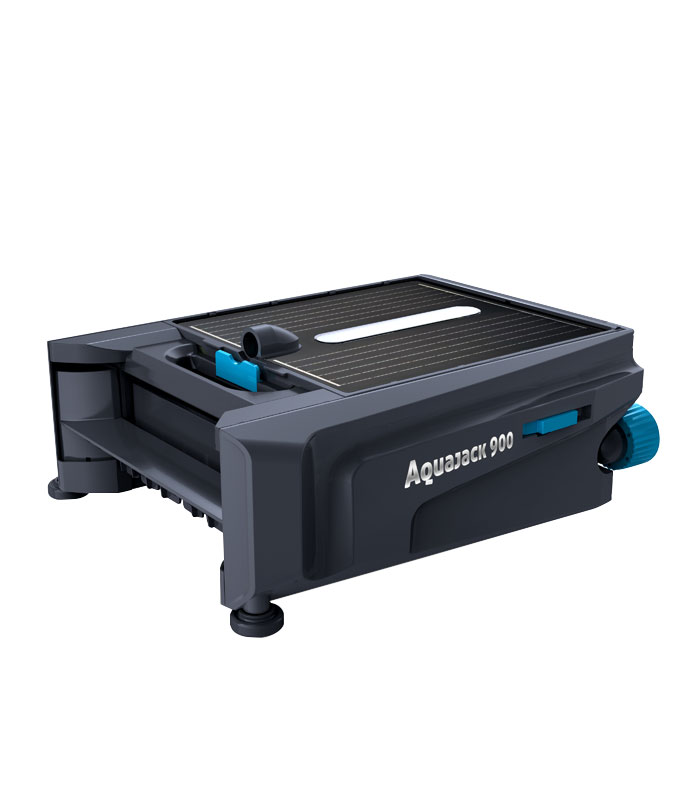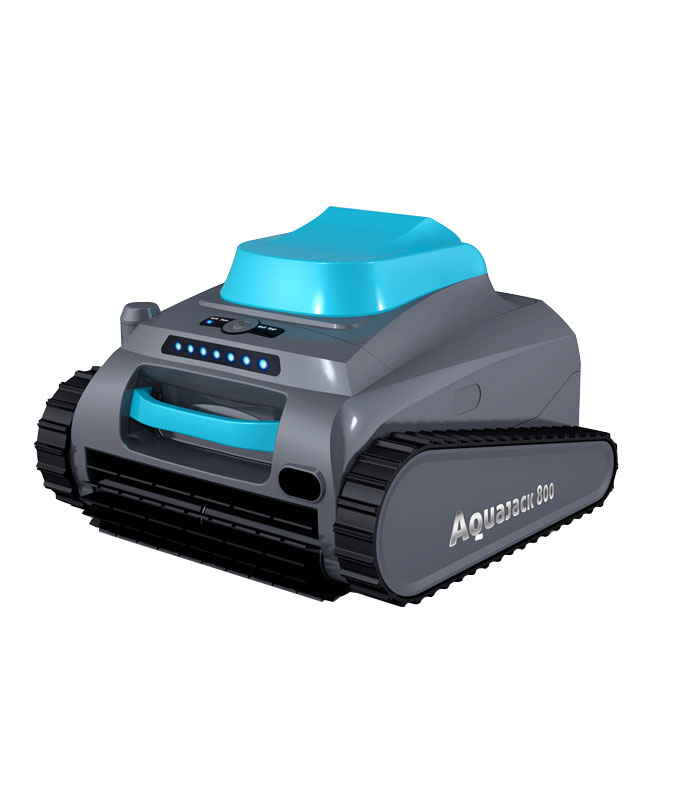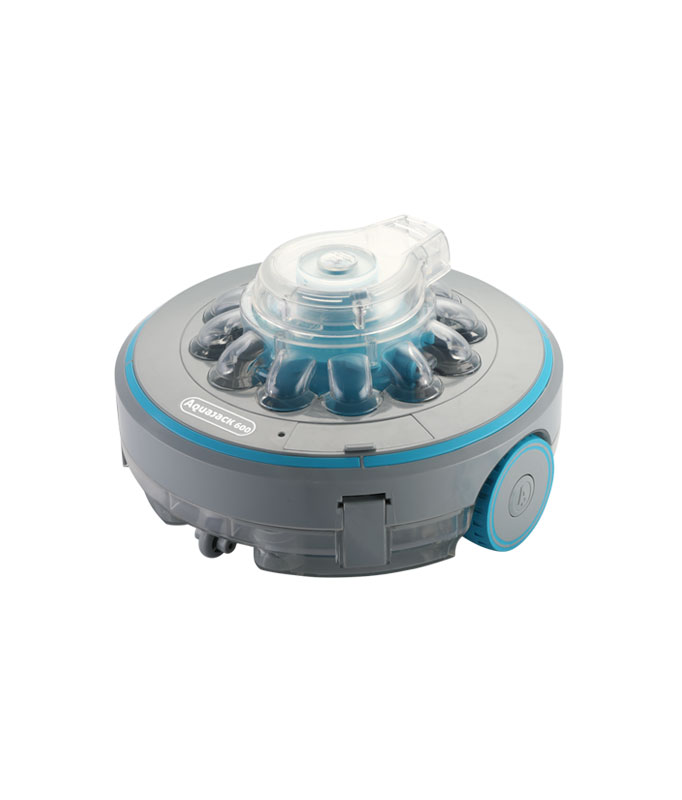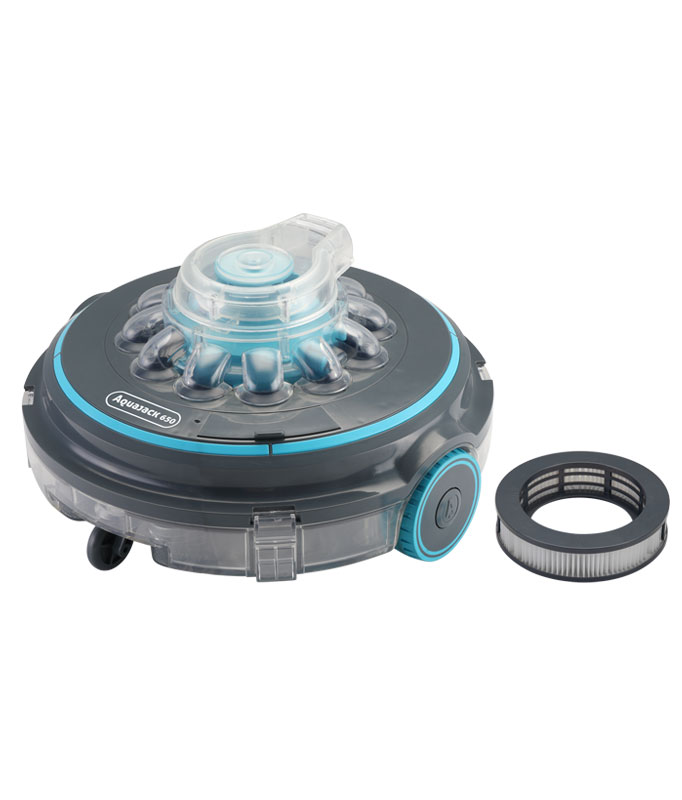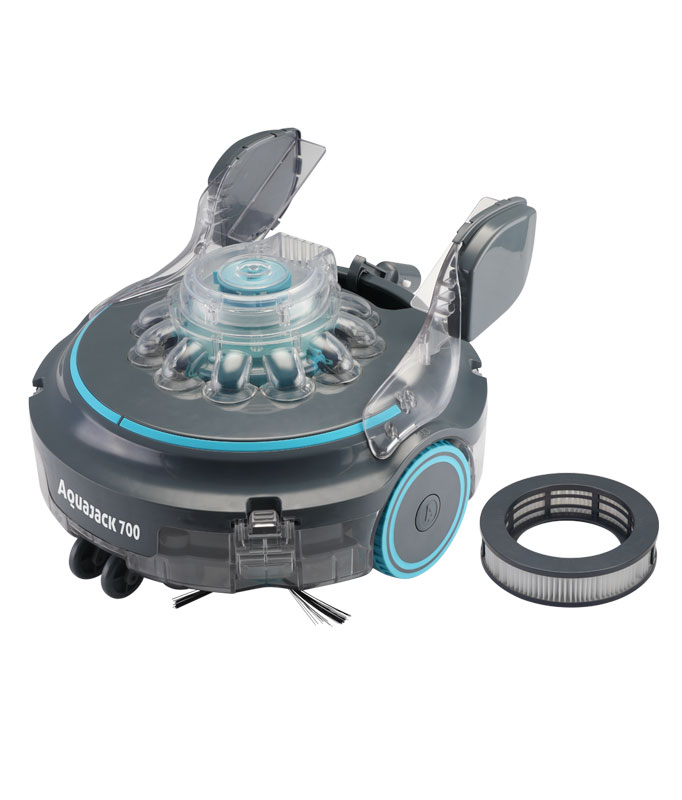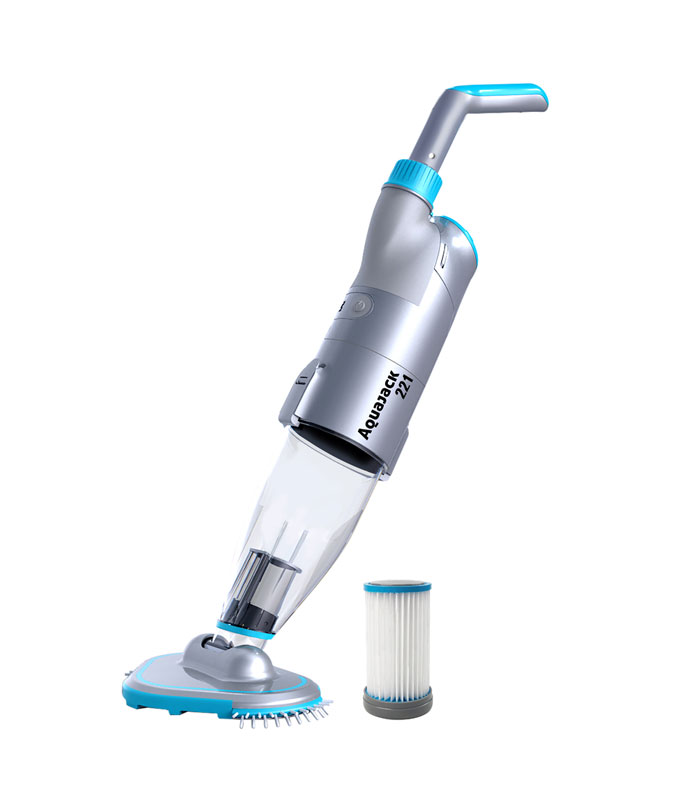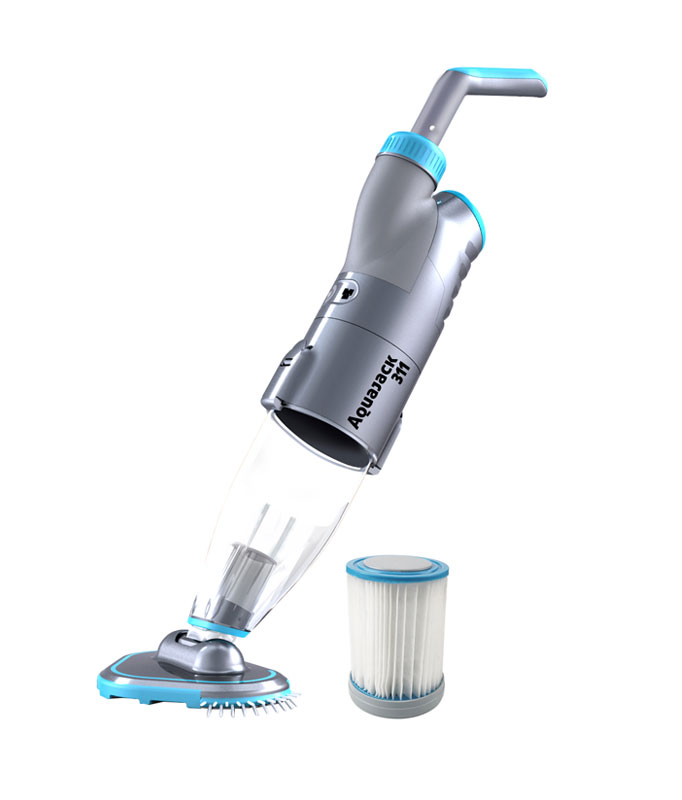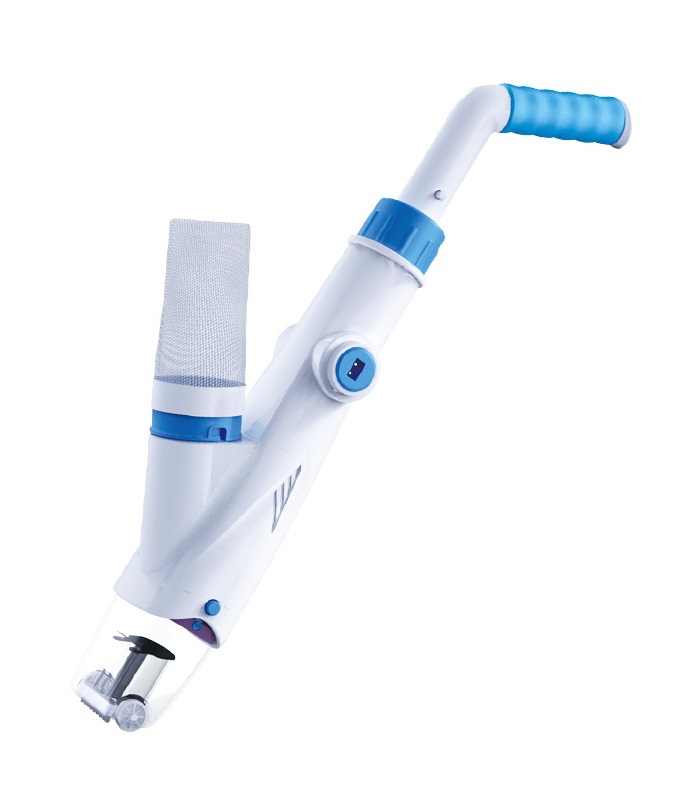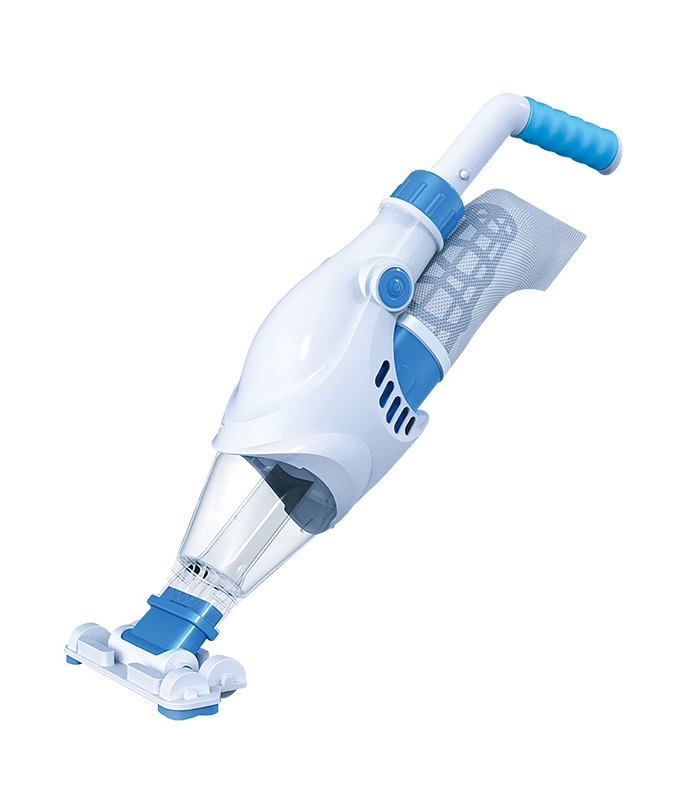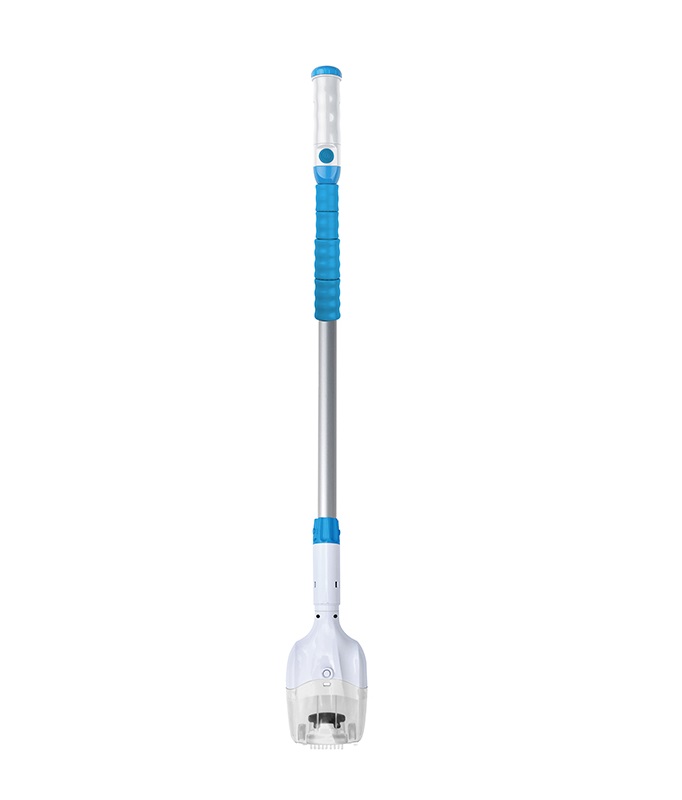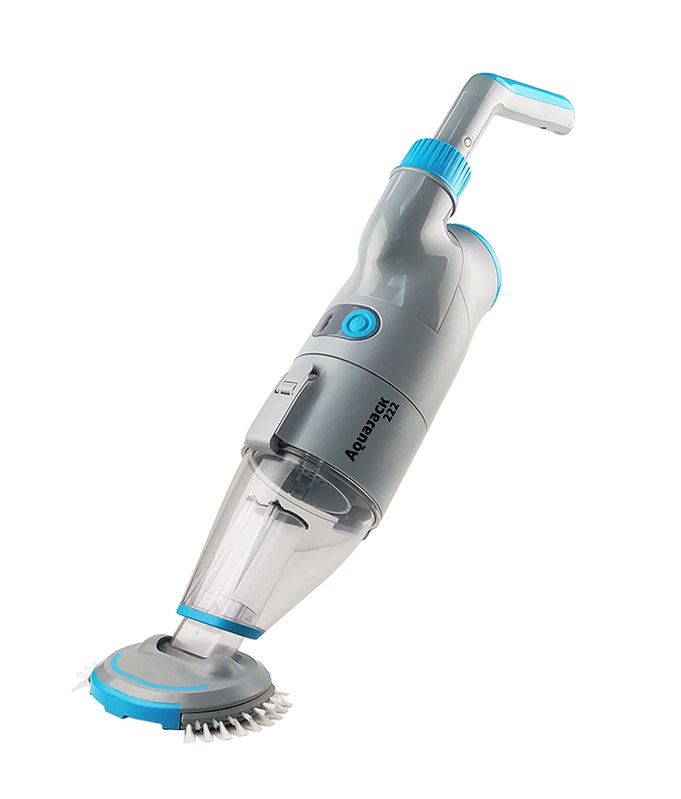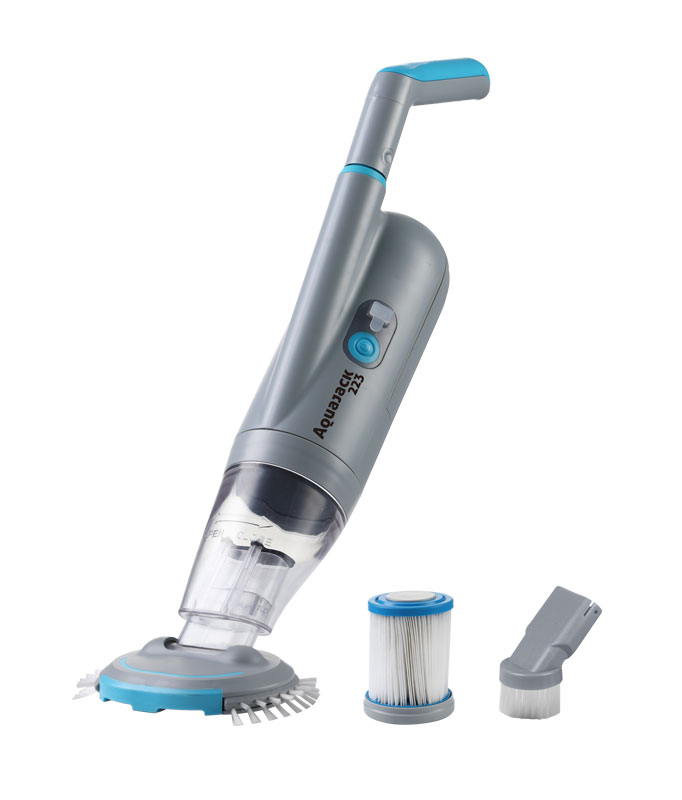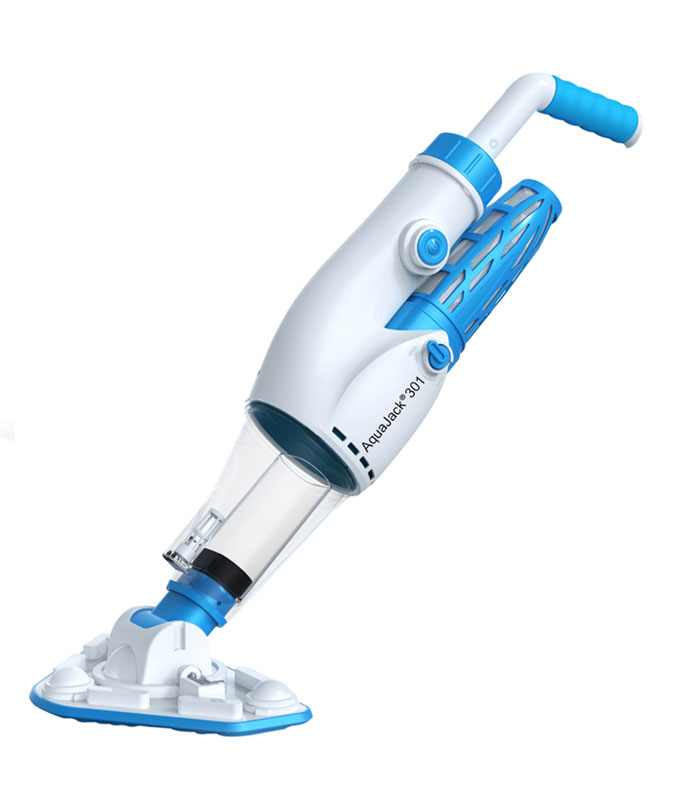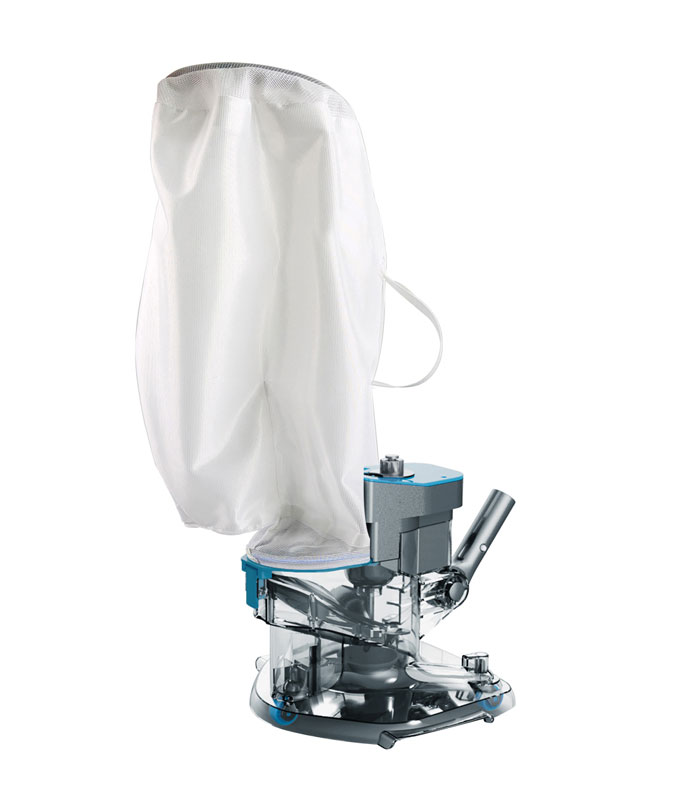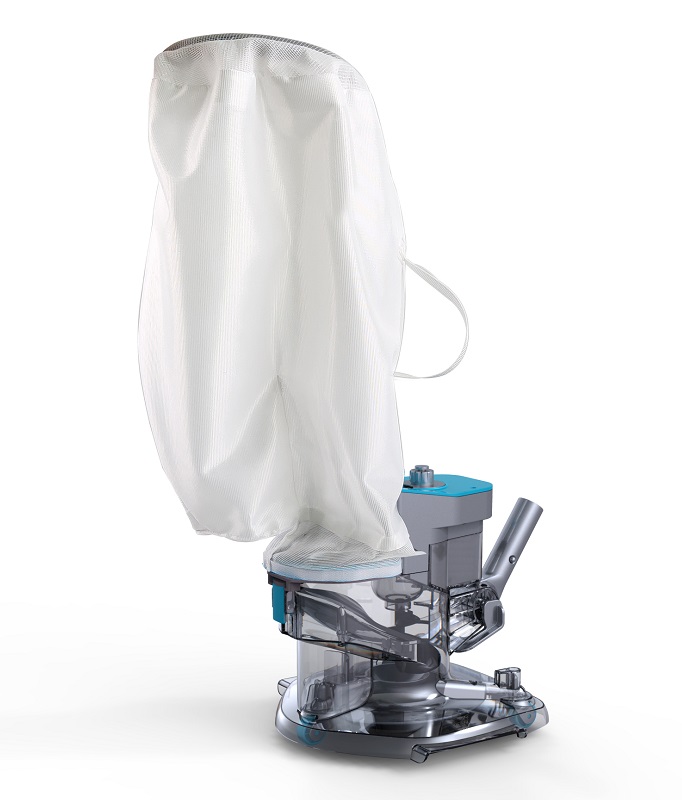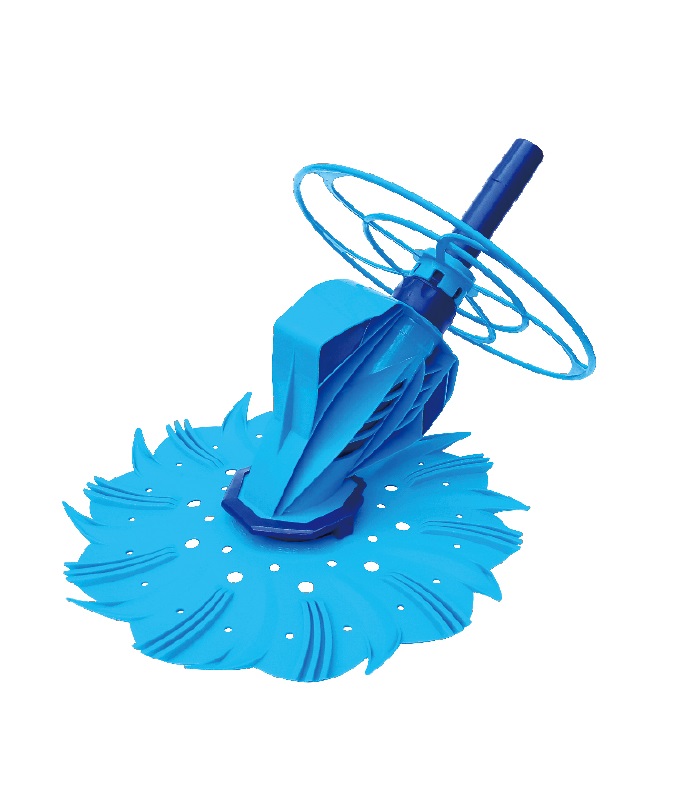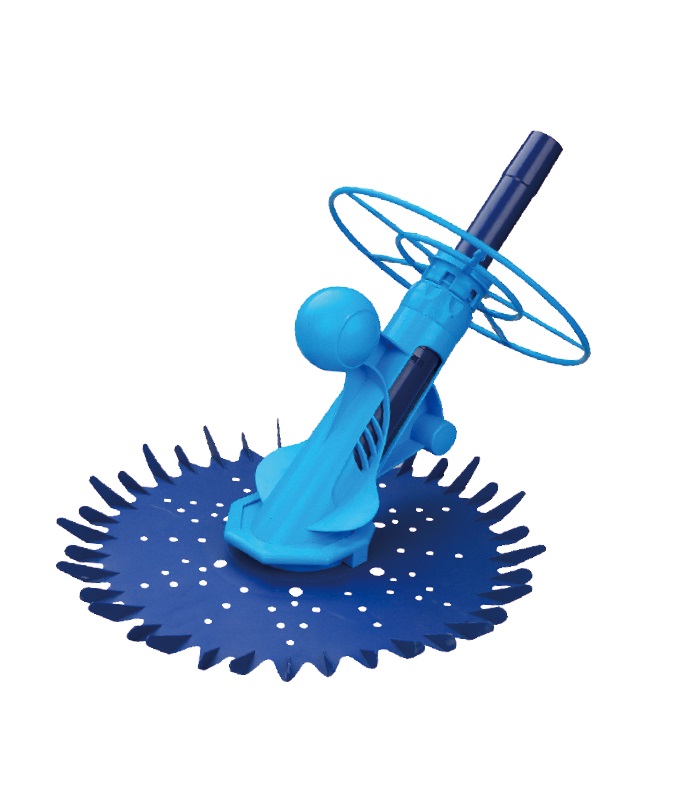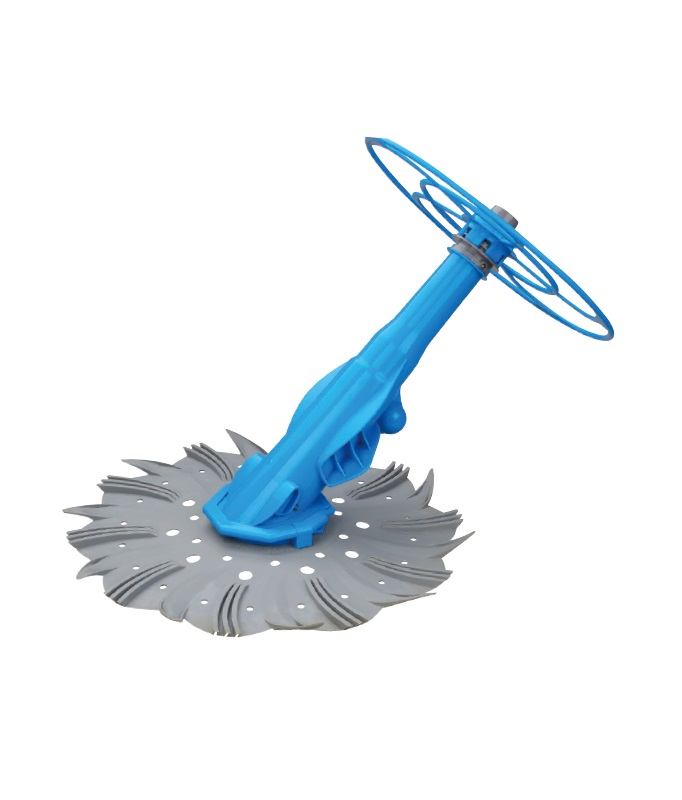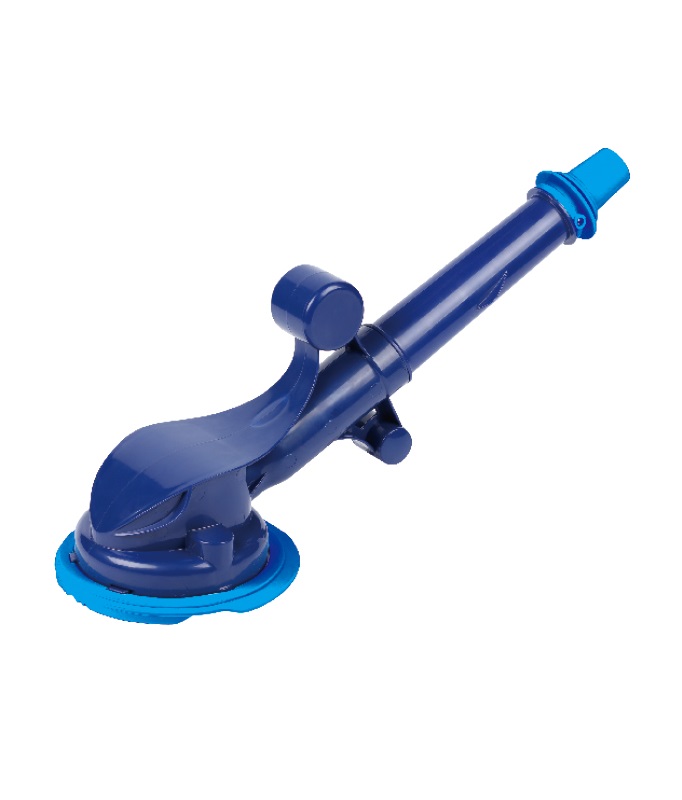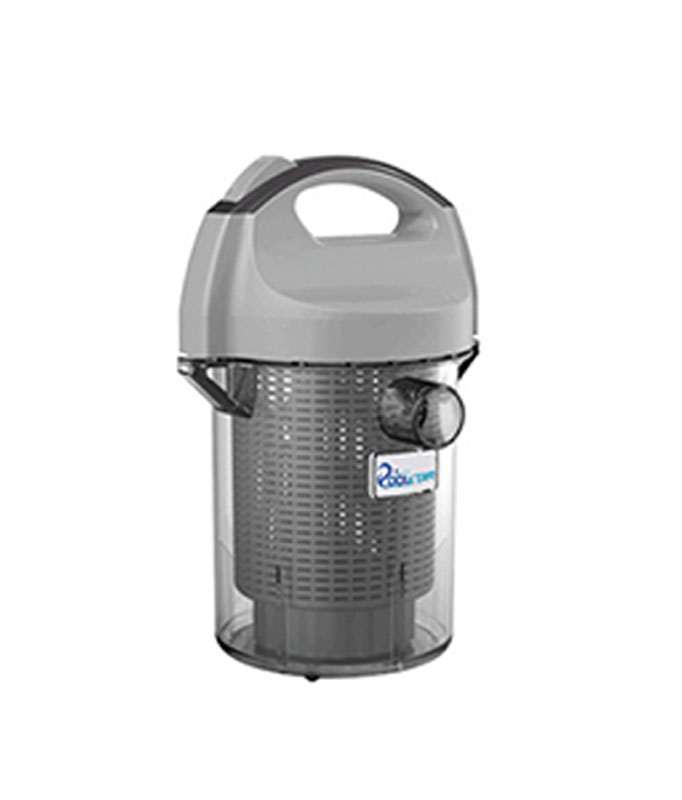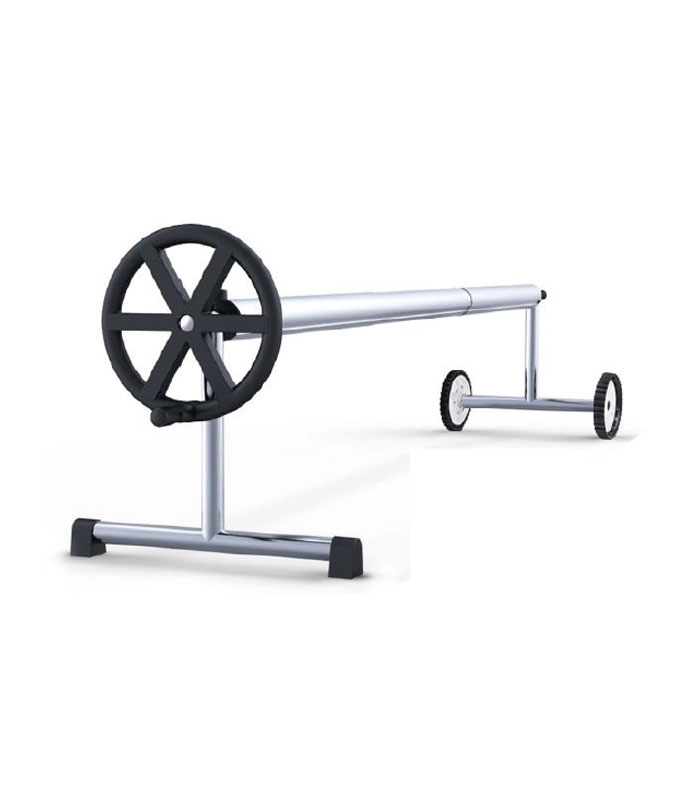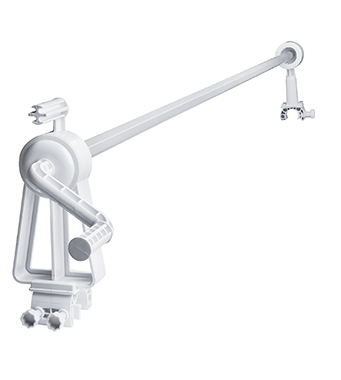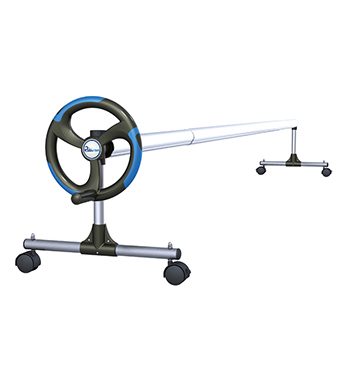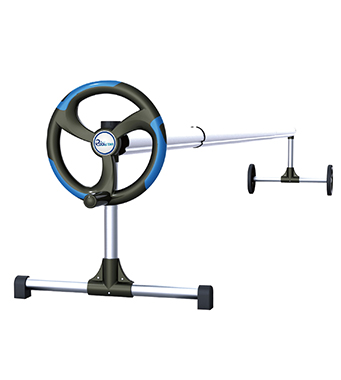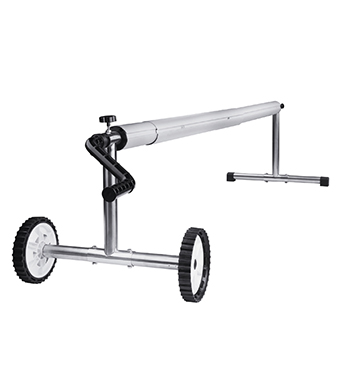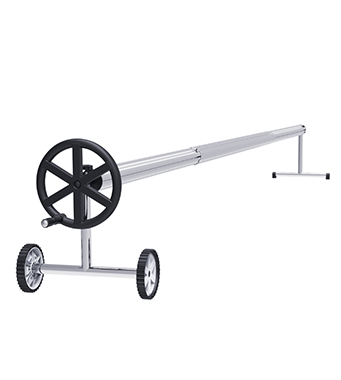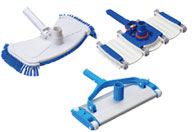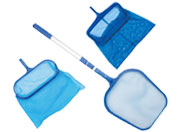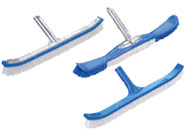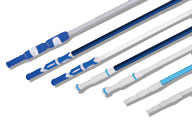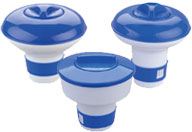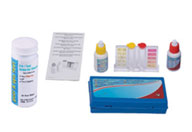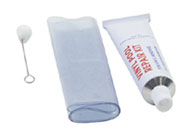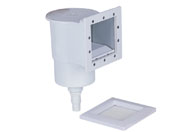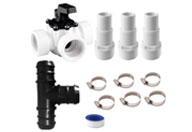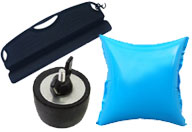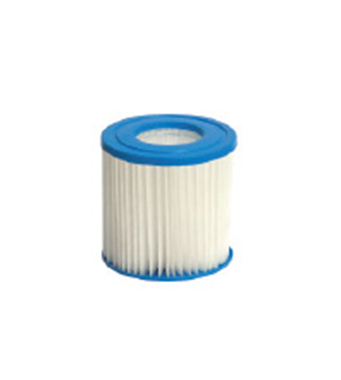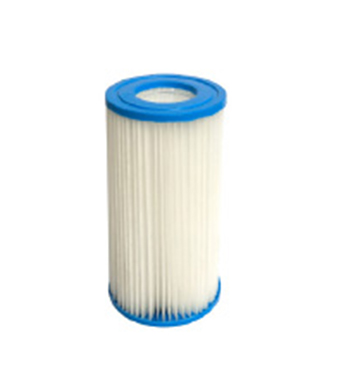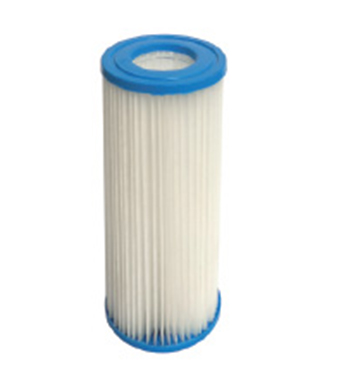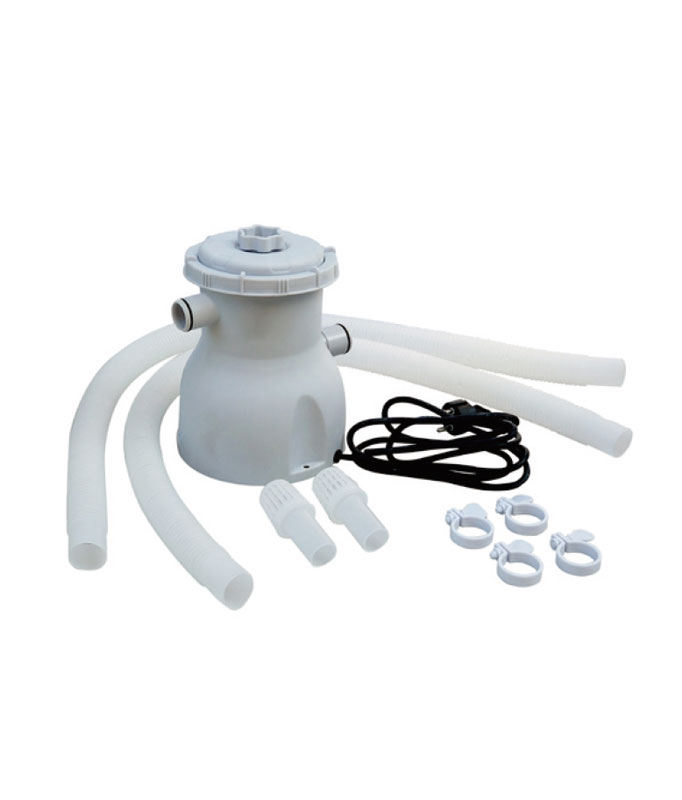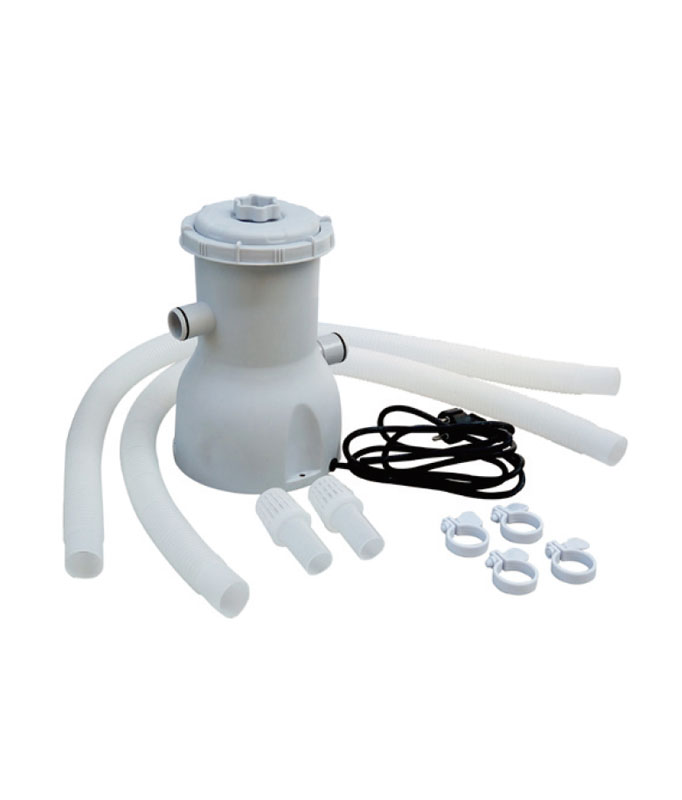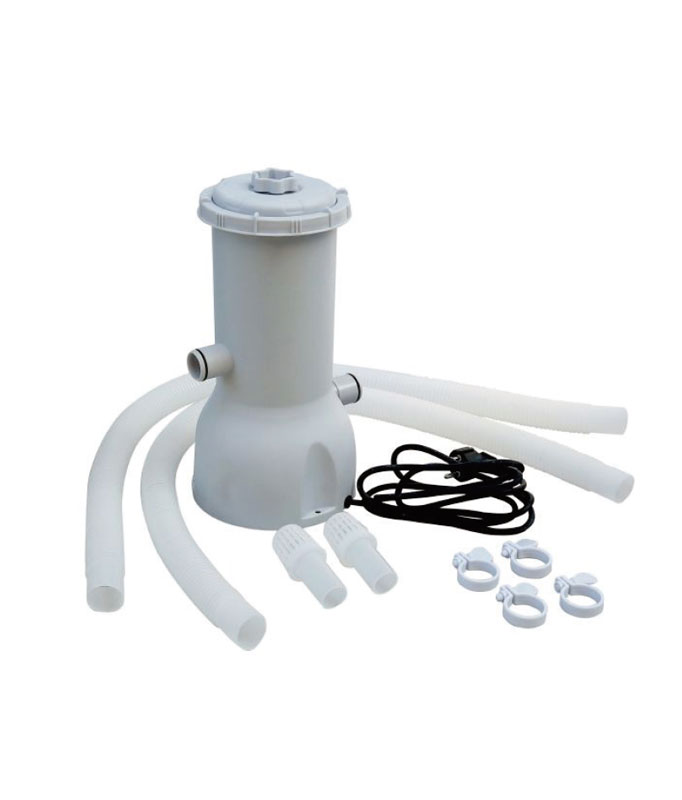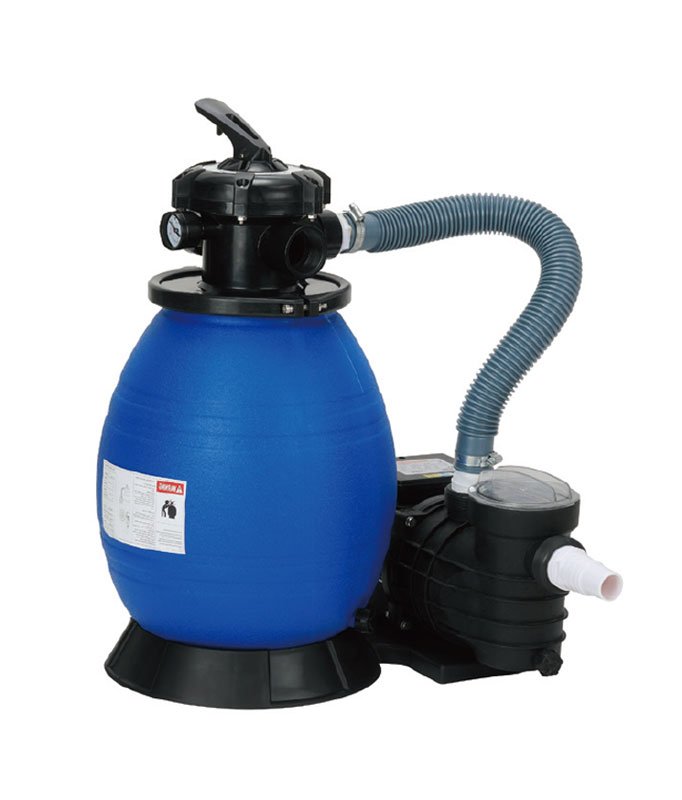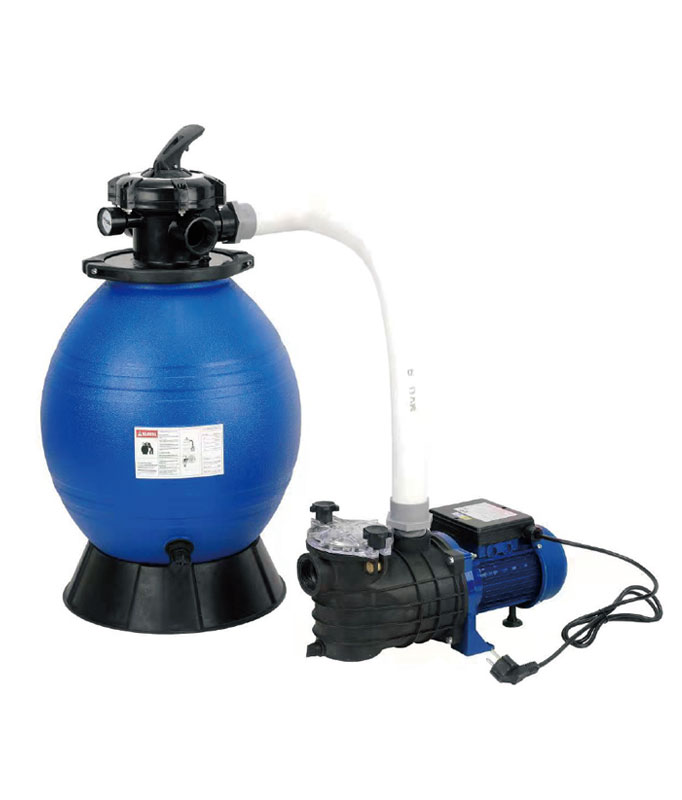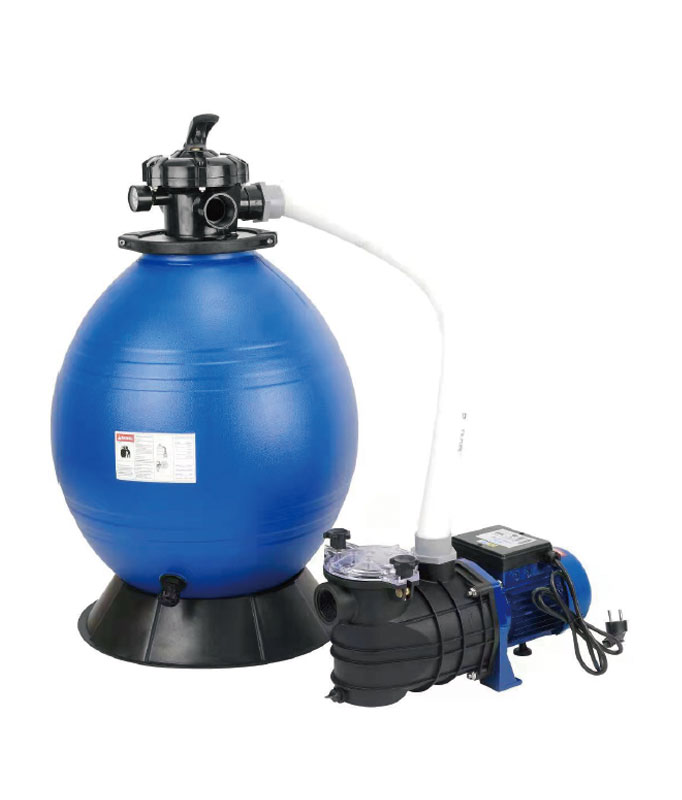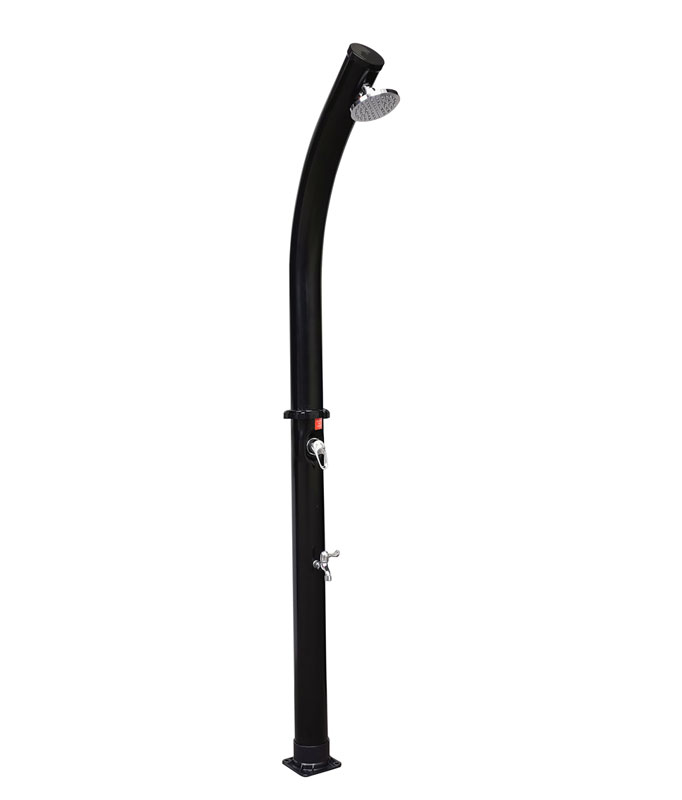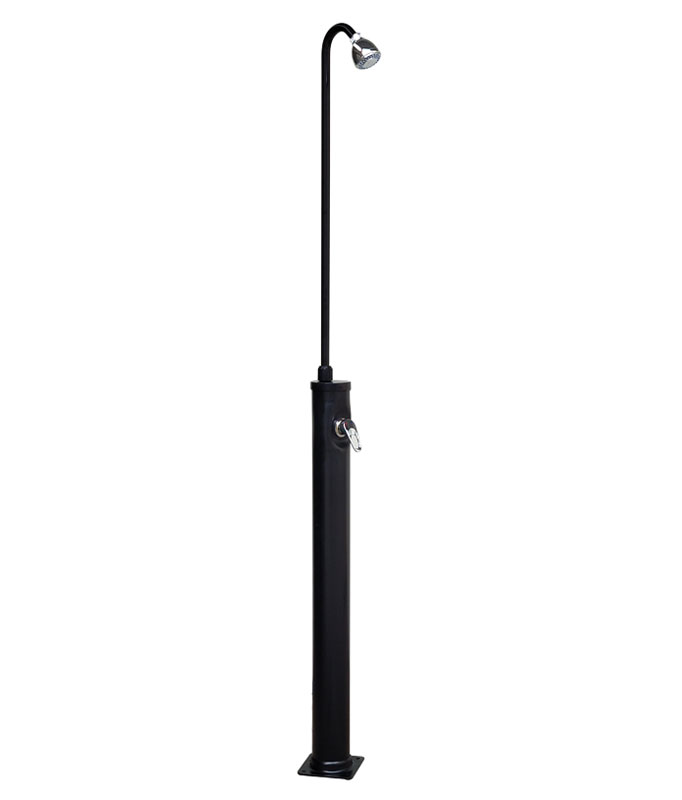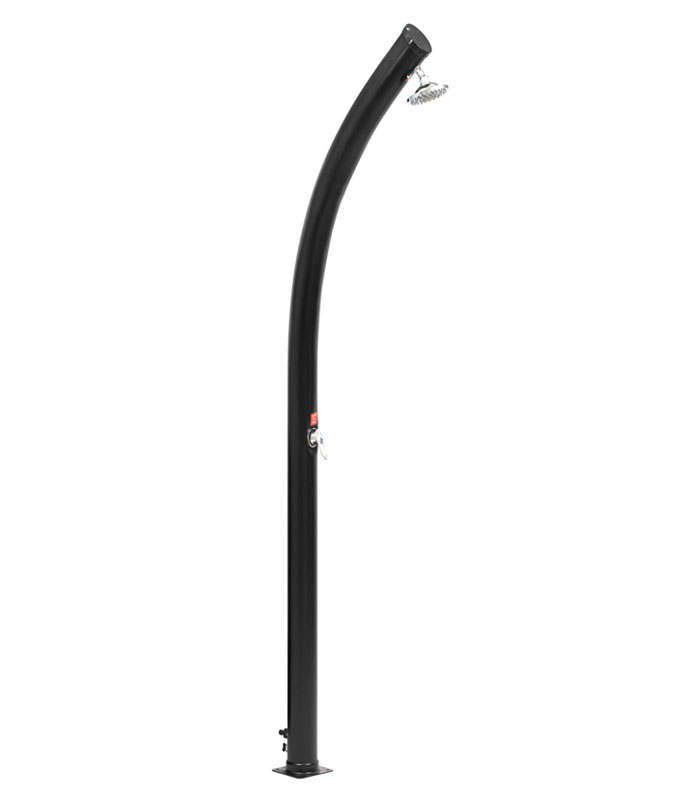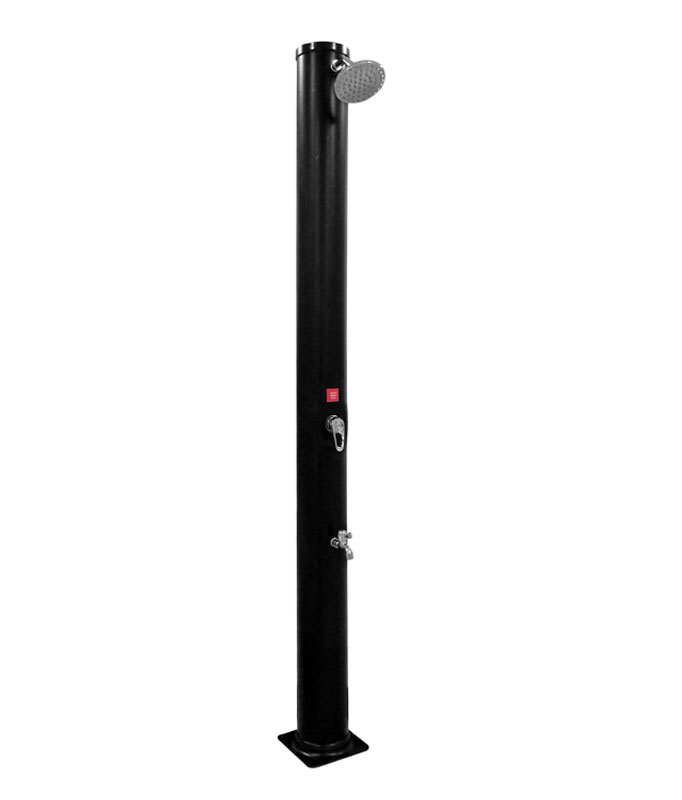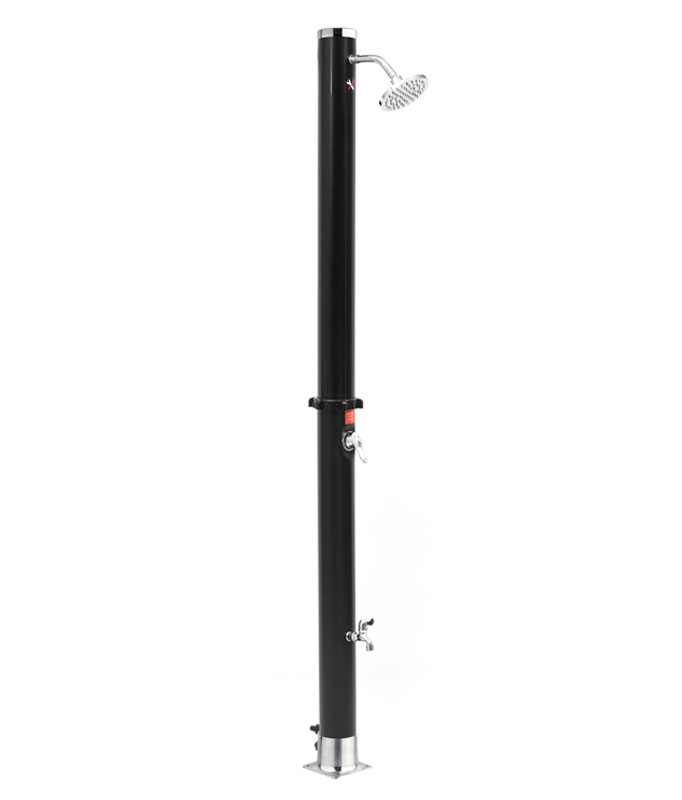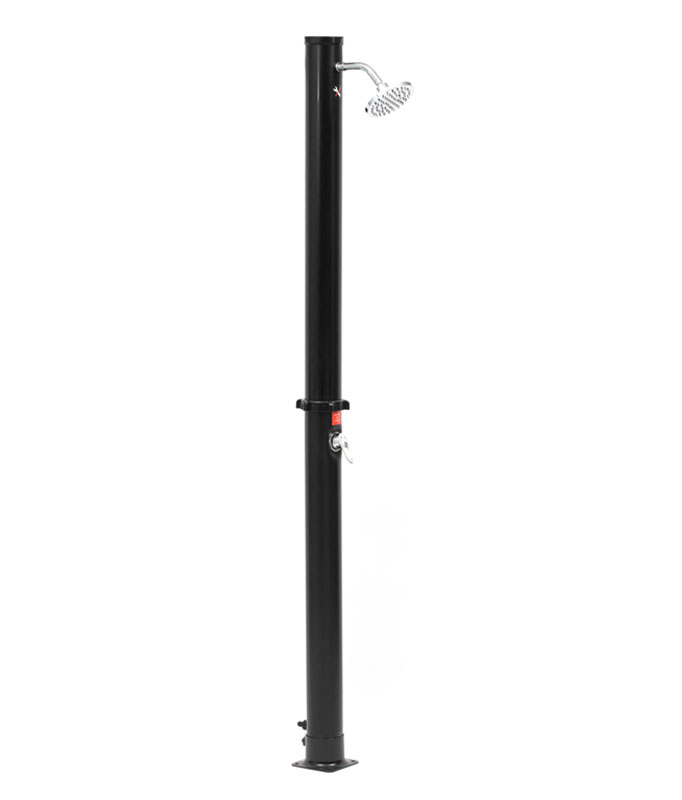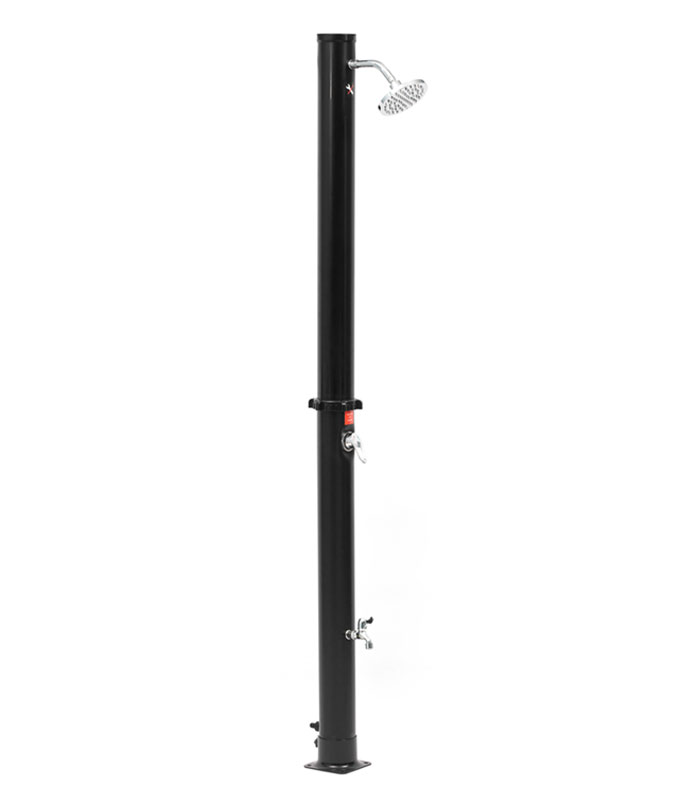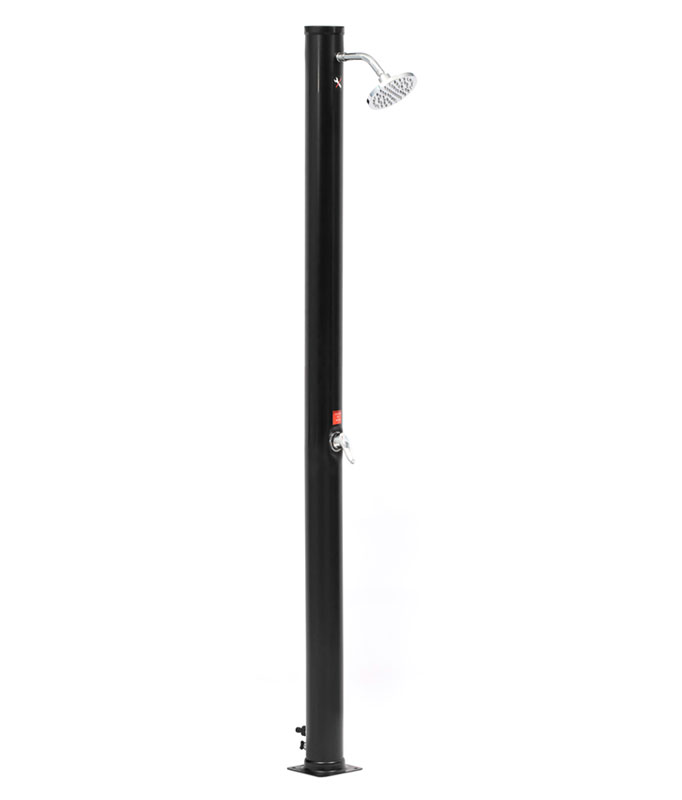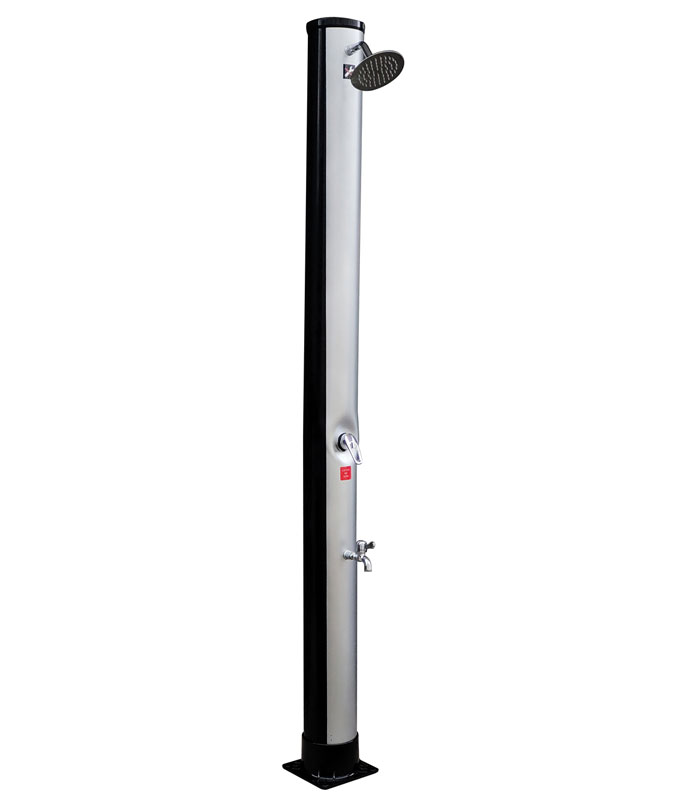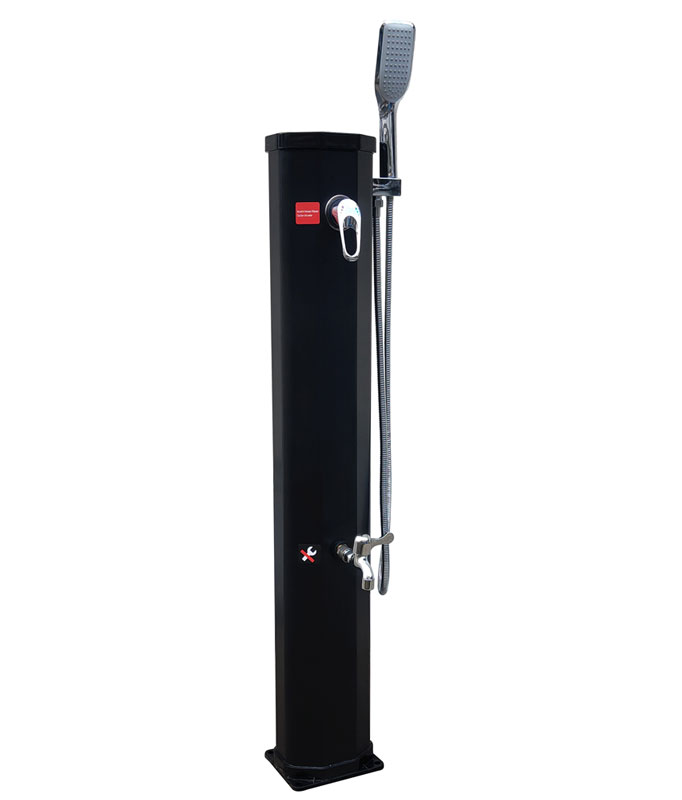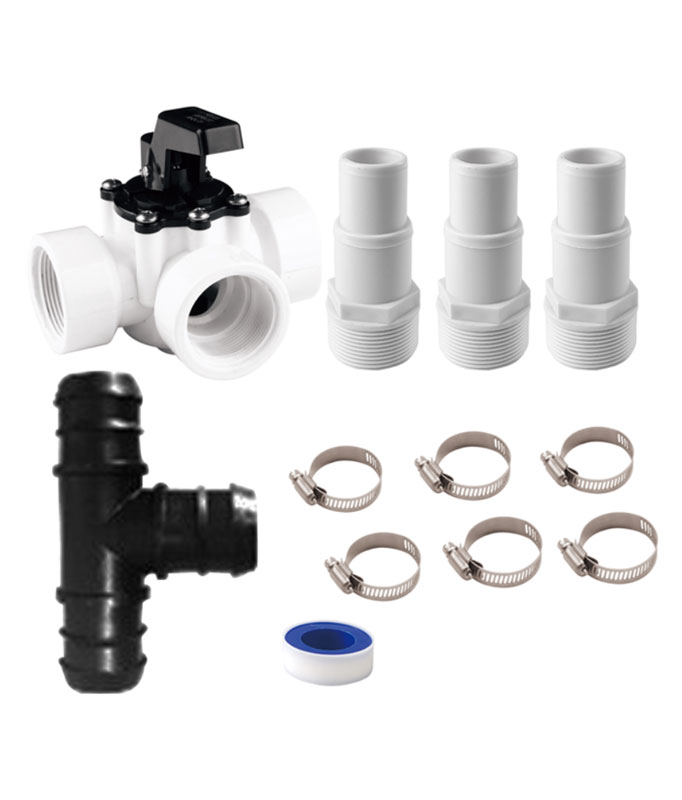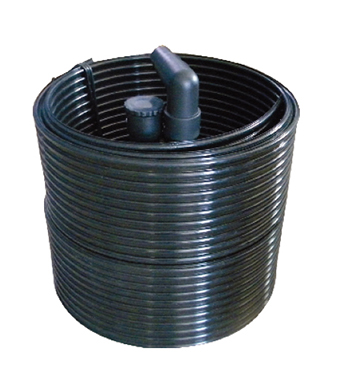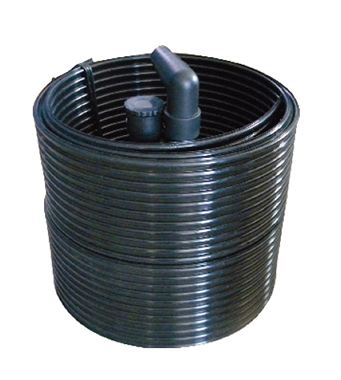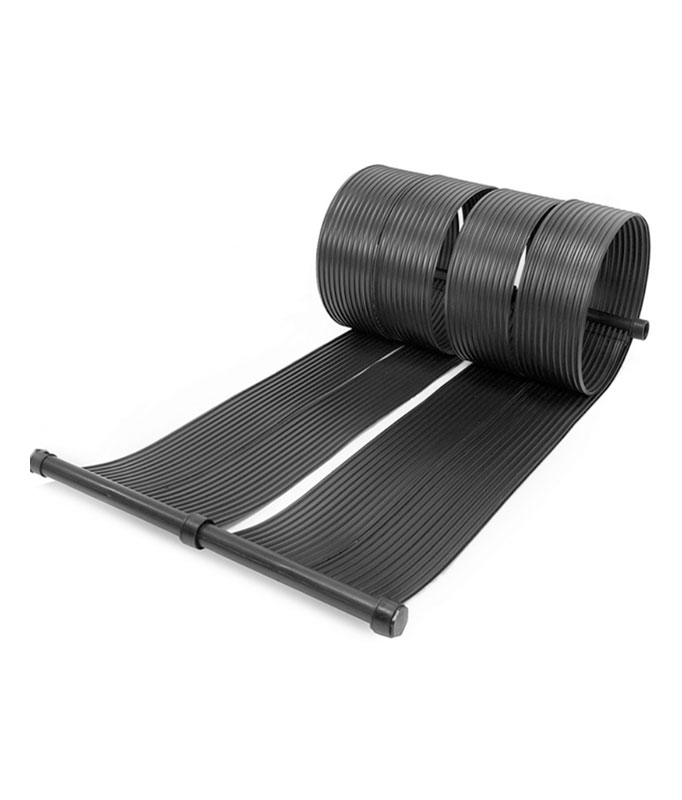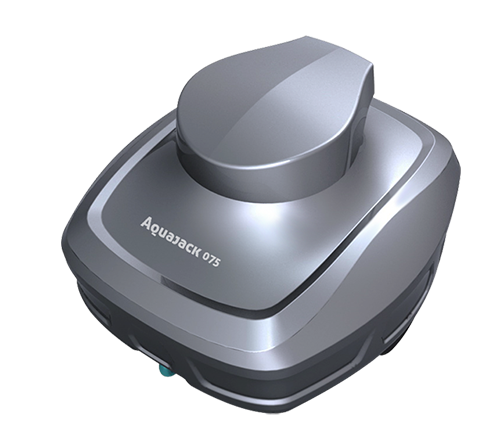
Is your in-ground pool more work than relaxation? Discover why robotic pool cleaners are non-negotiable for modern pool owners—delivering flawless cleaning, crystal-clear water, and hours of reclaimed time. From deep-end scrubbing to tile-line precision, learn how automation transforms pool maintenance from chore to effortless luxury.
Key Takeaways
Deep Cleaning Power – Removes 99.7% of debris, including fine silt and algae
70% Time Savings – Cuts cleaning from 4 hours/week to just 30 minutes
Cost-Effective – Uses 90% less energy than pressure-side cleaners
Smart Navigation – Maps pool shape for 100% coverage without supervision
Eco-Friendly – Reduces chemical use by 40% with superior filtration
The High Cost of NOT Using a Robotic Cleaner
Traditional vs. Robotic Cleaning (Annual Costs)
| Expense |
Manual/Suction Cleaning |
Robotic Cleaning |
Savings |
|
Time Spent |
208 hours |
26 hours |
182 hours |
|
Energy Use |
$580 |
$58 |
$522 |
|
Chemicals |
$420 |
$252 |
$168 |
|
Repairs |
$300 (pump wear) |
$50 |
$250 |
|
Total |
$1,300 |
$360 |
$940/year |
Hidden Consequences of Old Methods:
- Shortened equipment lifespan from pump overuse
- Inconsistent cleaning leads to algae outbreaks
- Increased labor costs for professional servicing
5 Reasons Robotic Cleaners Dominate In-Ground Pools
1. Unmatched Cleaning Precision
- Triple-Action System: Scrubs, vacuums, and filters simultaneously
- Titanium Brushes: Remove embedded dirt from concrete/pebble surfaces
- Micro-Filtration: Captures particles as small as 2 microns
Performance Comparison:
2. Energy Efficiency That Saves Thousands
| Cleaner Type |
Watts/Hour |
Annual Cost* |
|
Pressure-Side |
1,200W |
$432 |
|
Suction-Side |
1,500W |
$540 |
|
Robotic |
180W |
$65 |
*Based on 3 hrs/day, $0.15/kWh
3. Smart Navigation for Complex Pools
- LIDAR Mapping: Learns pool shape in 1 cleaning
- Step & Ladder Detection: Avoids 97% of hang-ups
- Wall-Climbing: Cleans tile lines and waterlines
4. Hassle-Free Maintenance
- Self-Cleaning Filters: Automatic debris ejection
- Tangle-Free Cables: Swivel design prevents knots
- Durable Construction: 7-year lifespan vs. 3-4 years for other types
5. Water Quality Transformation
- Reduces Chlorine Demand by filtering organics before decay
- Prevents Cloudiness with superior silt removal
- Algae Defense: Disrupts growth by removing spores
In-Ground Pool Challenges Solved
Problem-Specific Solutions
| Pool Feature |
Challenge |
Robotic Solution |
|
Deep Ends |
Poor suction cleaner performance |
Powerful dual pumps for 12ft depths |
|
Tile Lines |
Calcium buildup |
Oscillating brushes + targeted jets |
|
Pebble Finish |
Stubborn dirt in crevices |
Vibrating scrubbers |
|
Infinity Edges |
Debris accumulation |
EdgeSense™ tracking |
|
Sunken Steps |
Missed by traditional cleaners |
Inverted cleaning mode |
Top 3 Robotic Cleaners for In-Ground Pools
1. Aquajack700
Best For: Large/complex pools
Magnetic Drive: Handles slopes up to 25 degrees
Smart Mapping: Stores 3 pool layouts
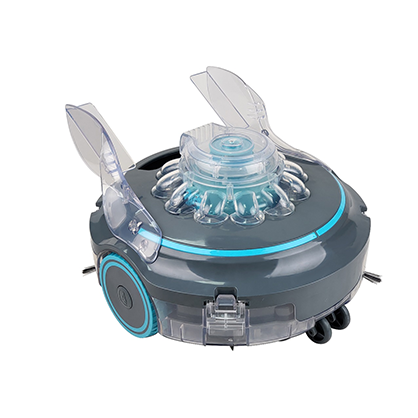
2. Dolphin Nautilus CC Plus
Best For: Vinyl liner pools
Tangle-Free Cable: 40ft swivel cord
Ultra-Fine Filter: Captures 5-micron particles
3. Polaris VRX iQ+
Best For: Pebble/quartz finishes
Self-Parking: Returns to designated spot
Quick Charge: 2-hour full recharge
Maximizing Your Robotic Cleaner’s Performance
Weekly Maintenance
✅ Filter Rinse (2-minute backflush)
✅ Brush Inspection (remove any pebbles/ties)
✅ Track Cleaning (wipe sensors with microfiber)
Seasonal Care
| Season |
Action |
|
Summer |
Clean after every use (high debris) |
|
Fall |
Enable Leaf Mode for heavy drop |
|
Winter |
Store with 50% charge in climate control |
|
Spring |
Replace filters before season start |
Pro Tip: Use the "Ping Test"—if your cleaner doesn’t respond to app commands within 3 seconds, check Wi-Fi/cable connections.
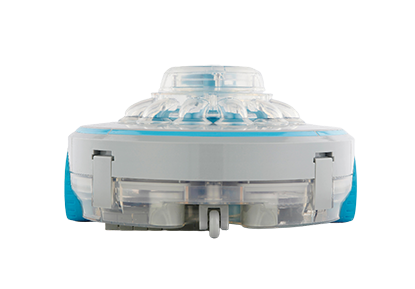
FAQ: Robotic Cleaners for In-Ground Pools
Q: Can it handle my 12ft deep end?
A: Yes—look for models with dual pumps (like ProDig X10).
Q: Will it damage my pebble finish?
A: No—soft bristle modes protect delicate surfaces.
Q: How often should I run it?
A: 2-3 times/week for optimal results.
Q: Can I use it with saltwater systems?
A: Absolutely—choose corrosion-resistant models.
Q: What’s the lifespan?
A: 5-7 years with proper care.

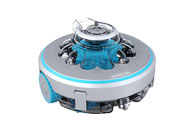 Robotic Pool Cleaner
Robotic Pool Cleaner 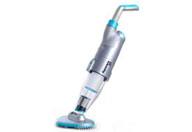 Portable Pool Vacuum Cleaner
Portable Pool Vacuum Cleaner 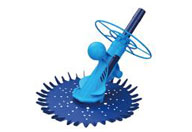 Automatic Pool Cleaner
Automatic Pool Cleaner 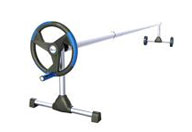 Pool Cover Reel
Pool Cover Reel 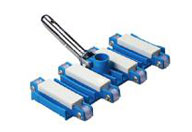 Pool Cleaning Accessories
Pool Cleaning Accessories 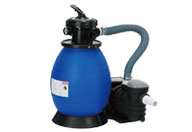 Pool Filter Pump
Pool Filter Pump 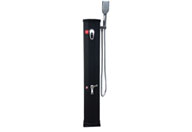 Pool Solar Shower
Pool Solar Shower 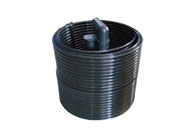 Pool Solar Collector
Pool Solar Collector 